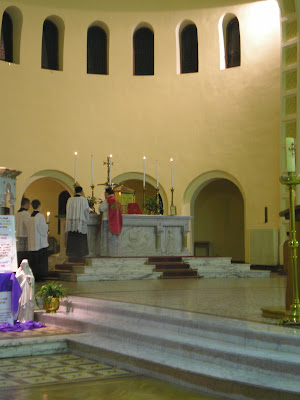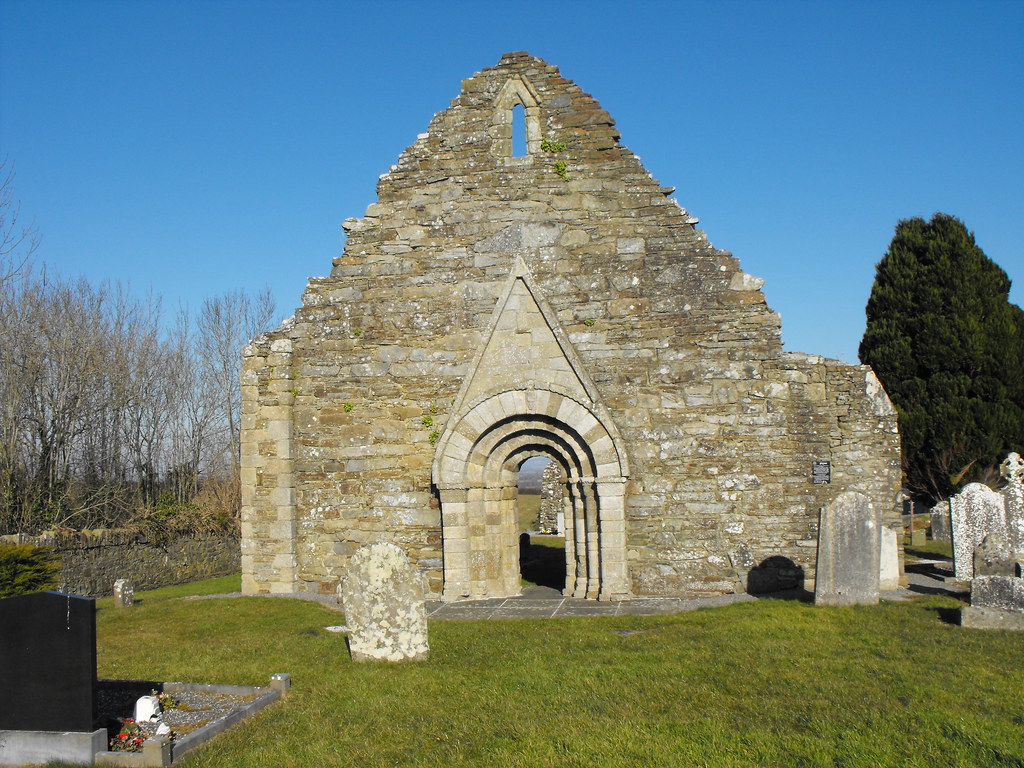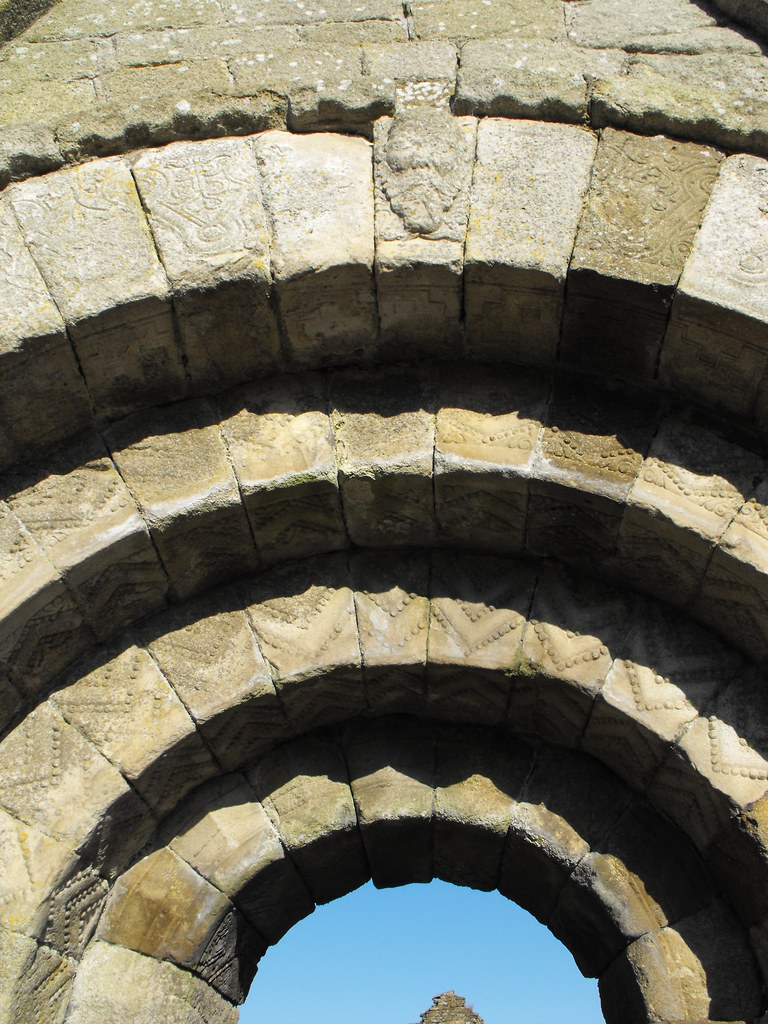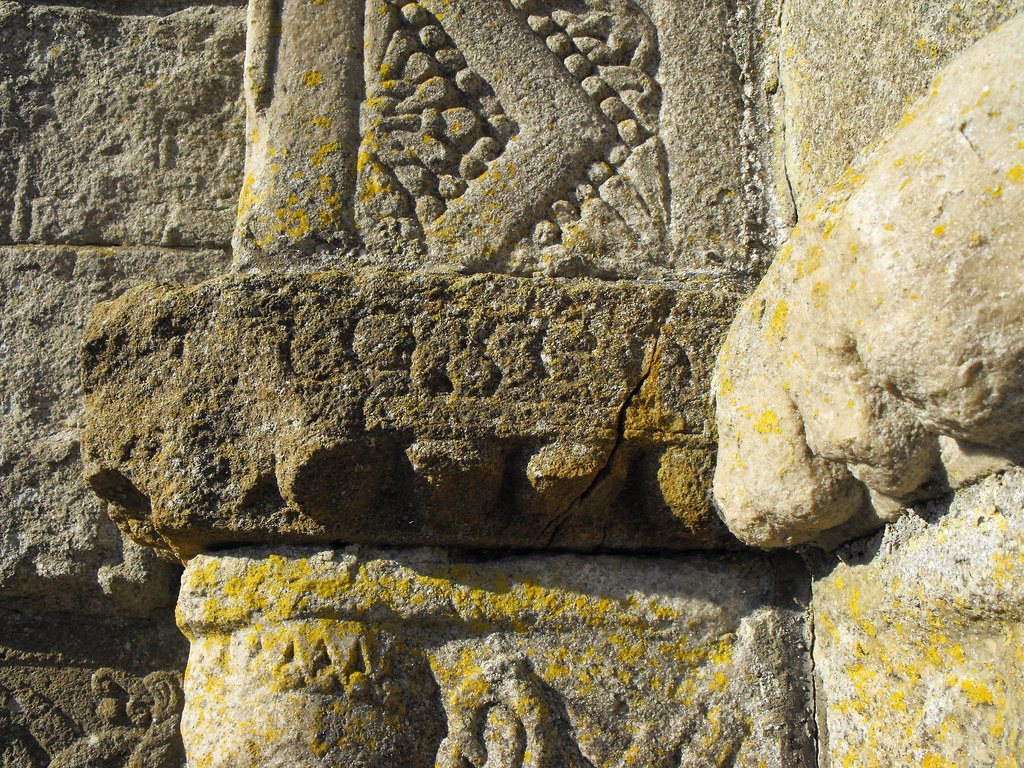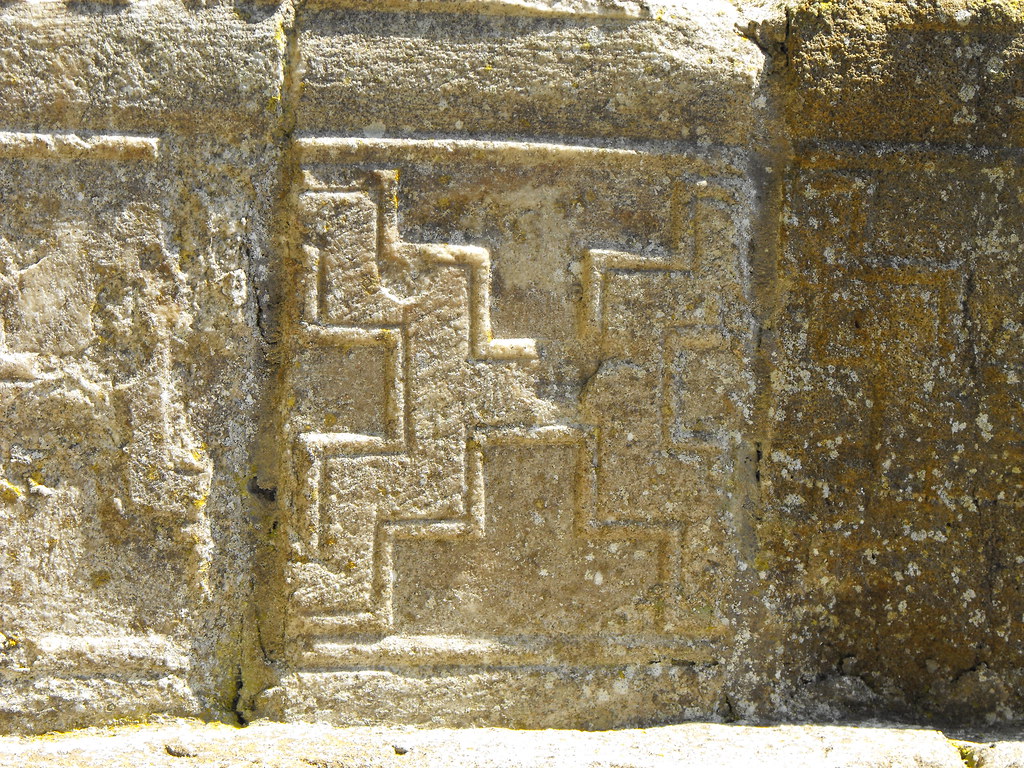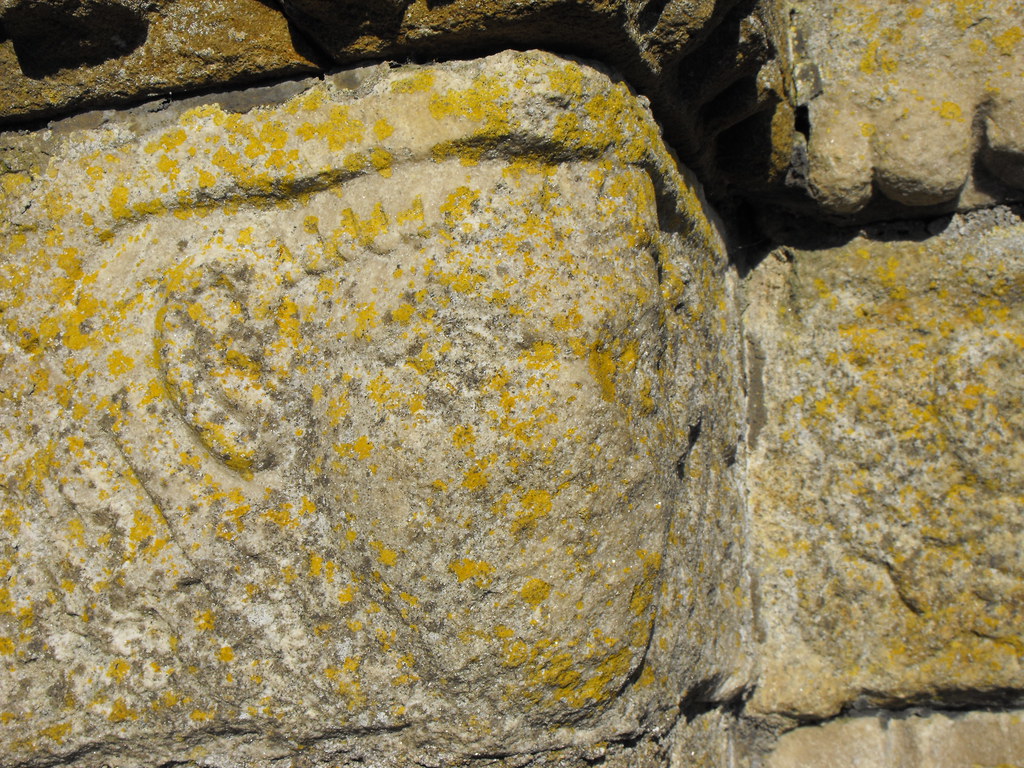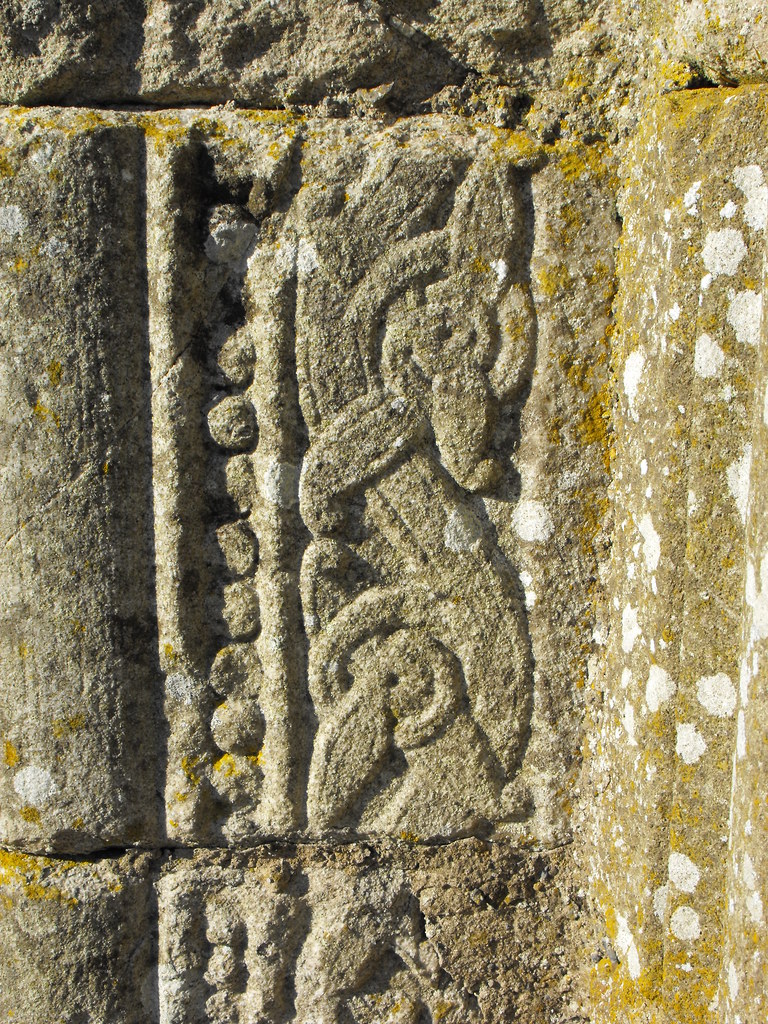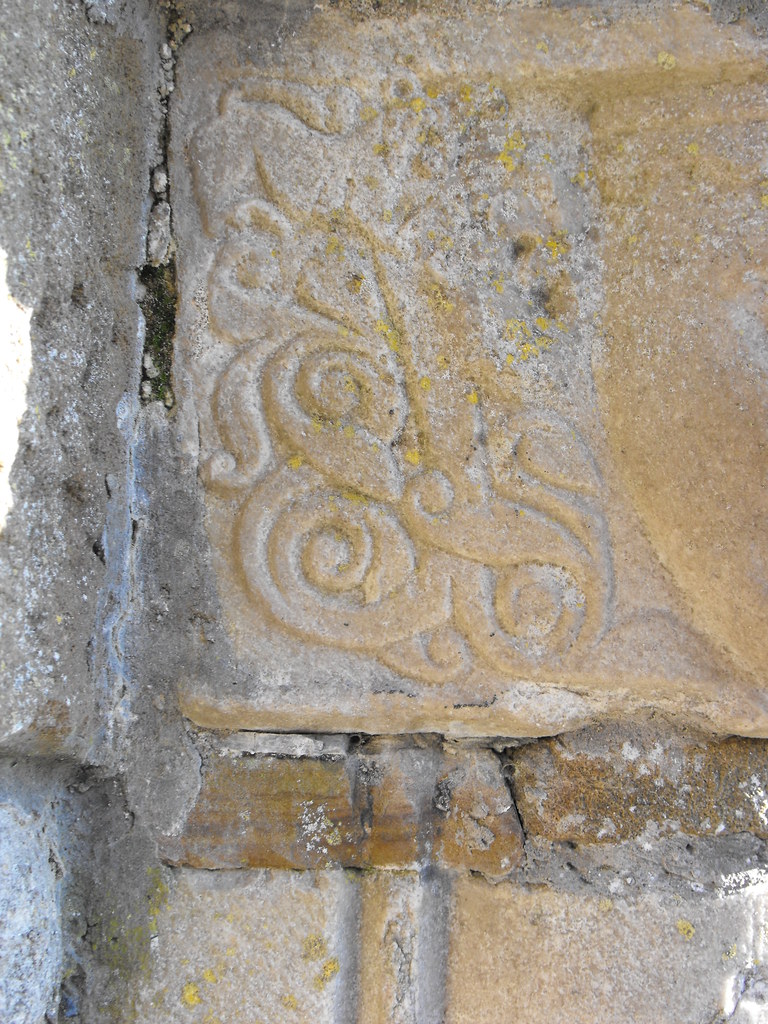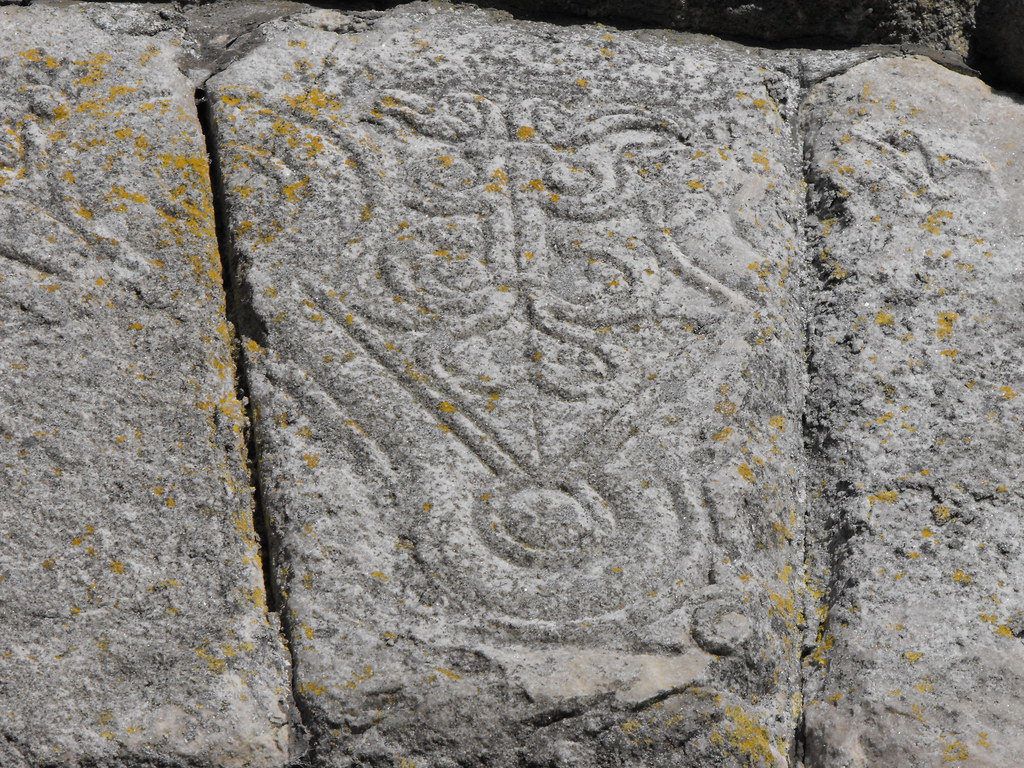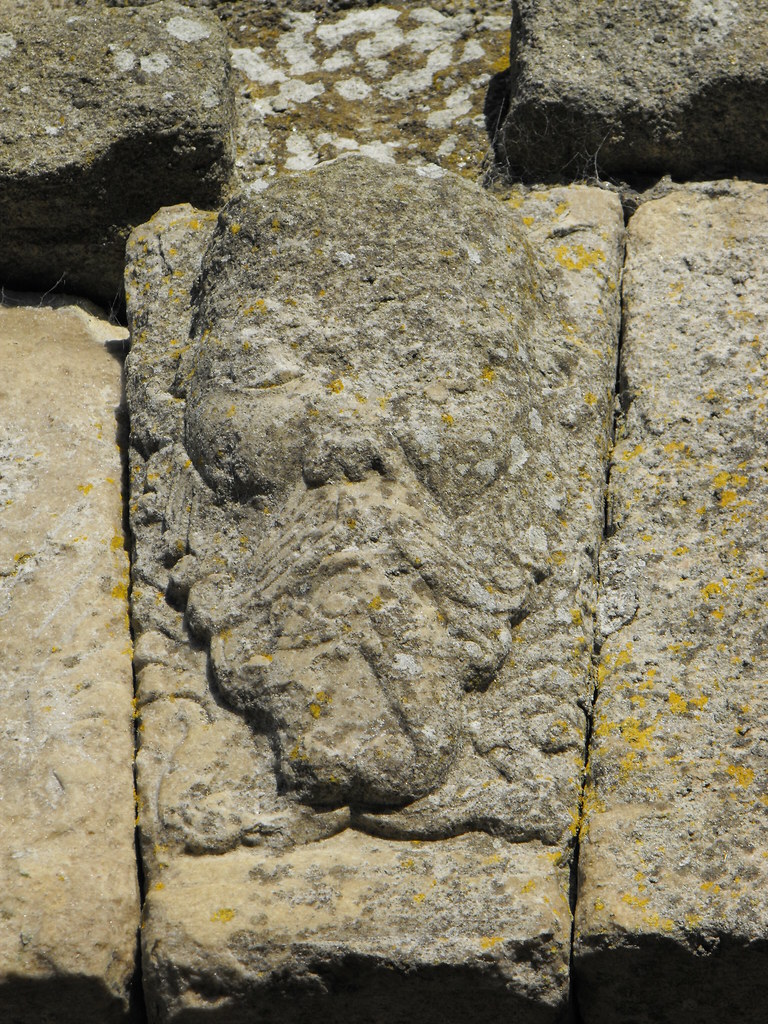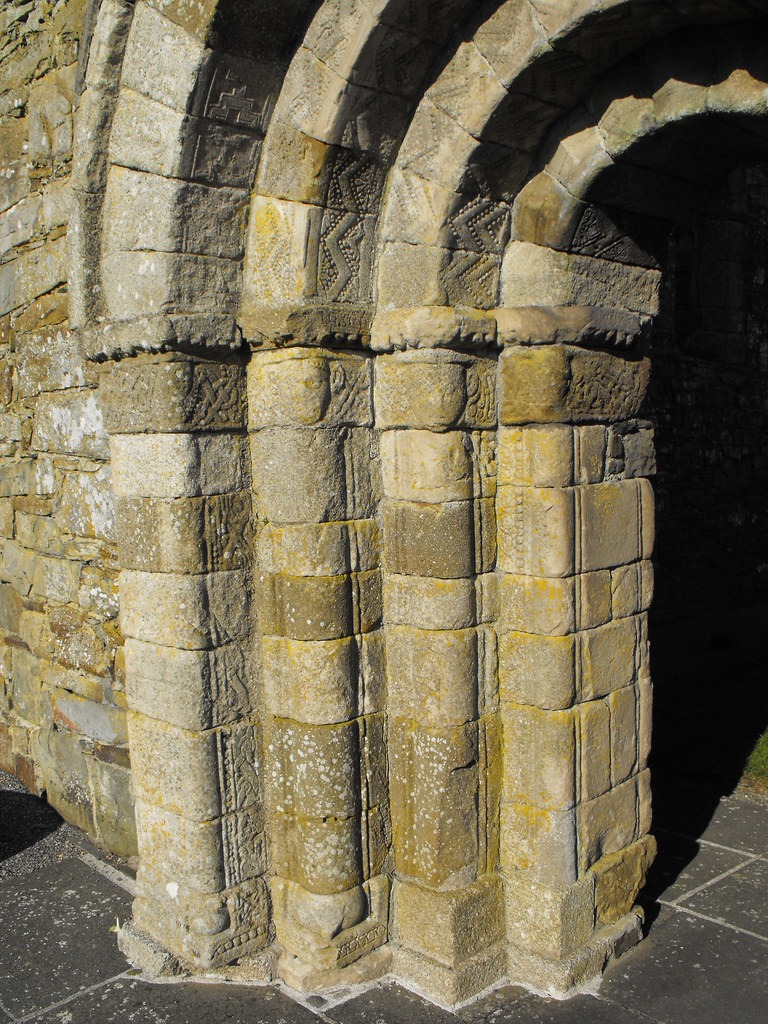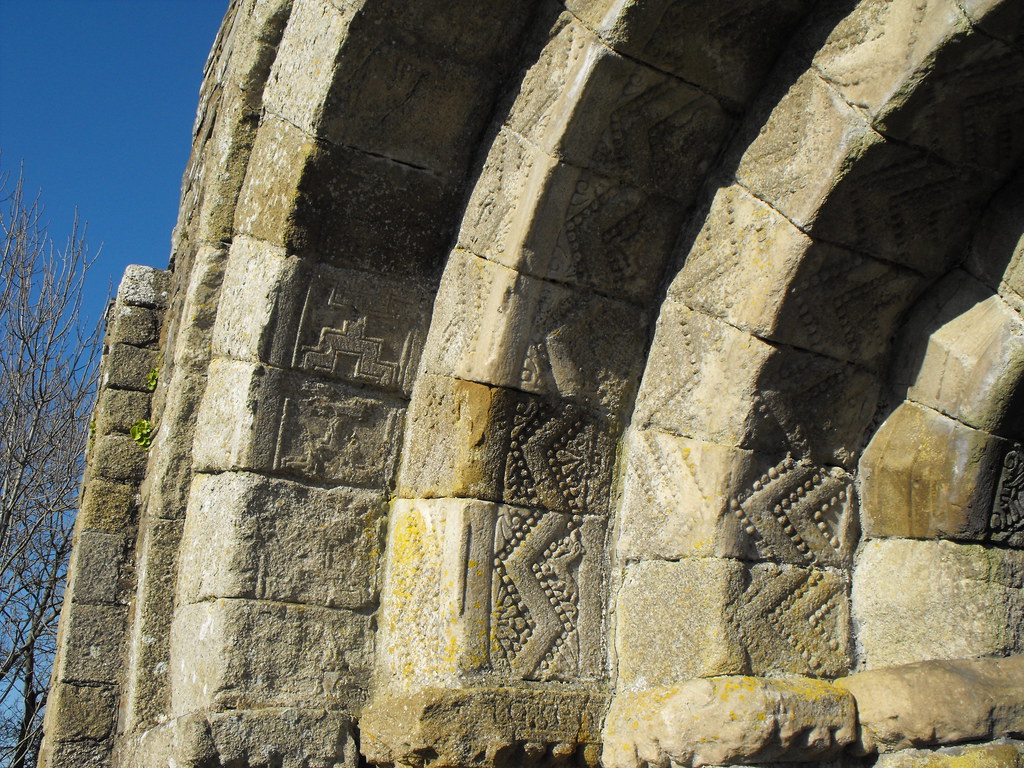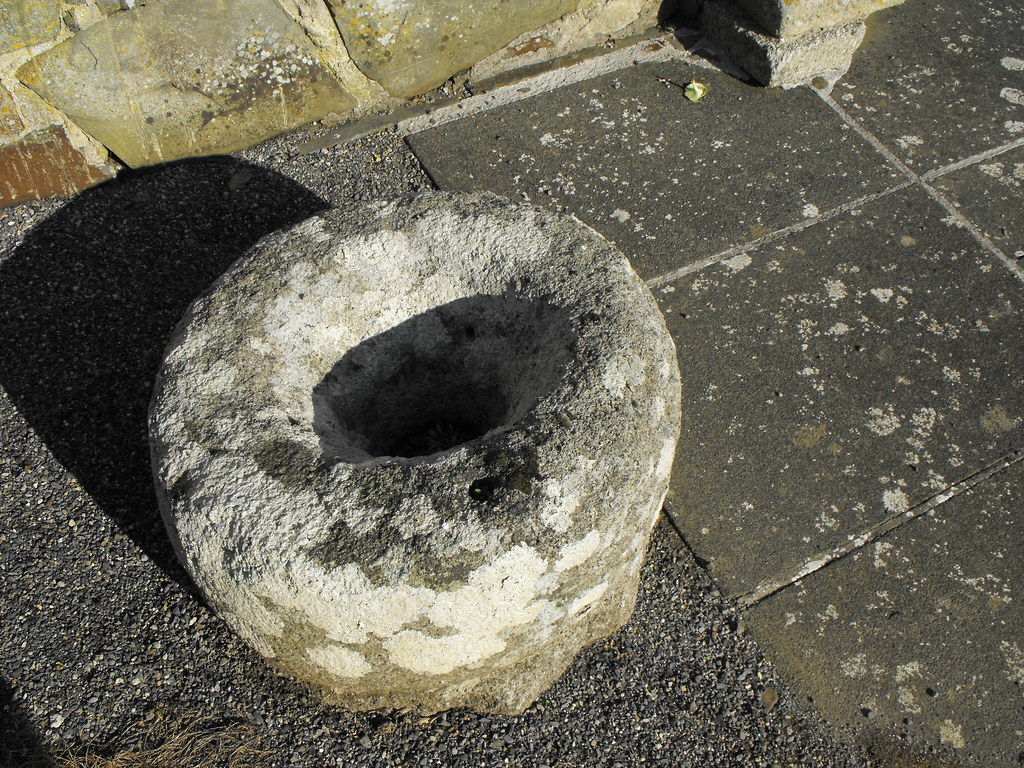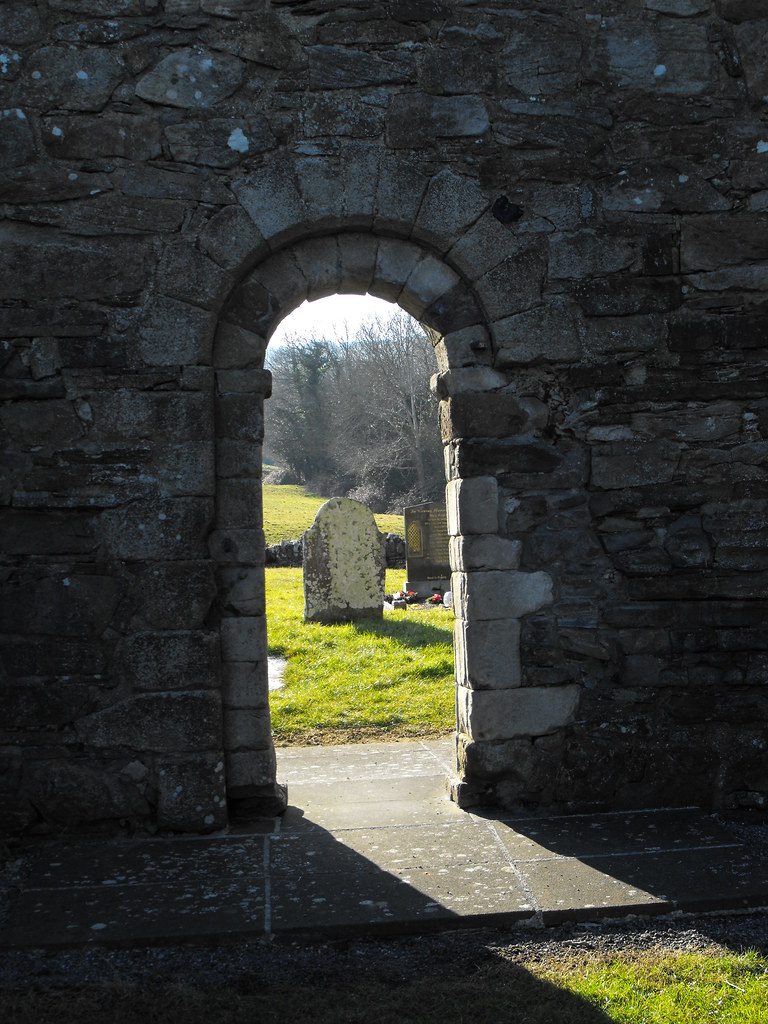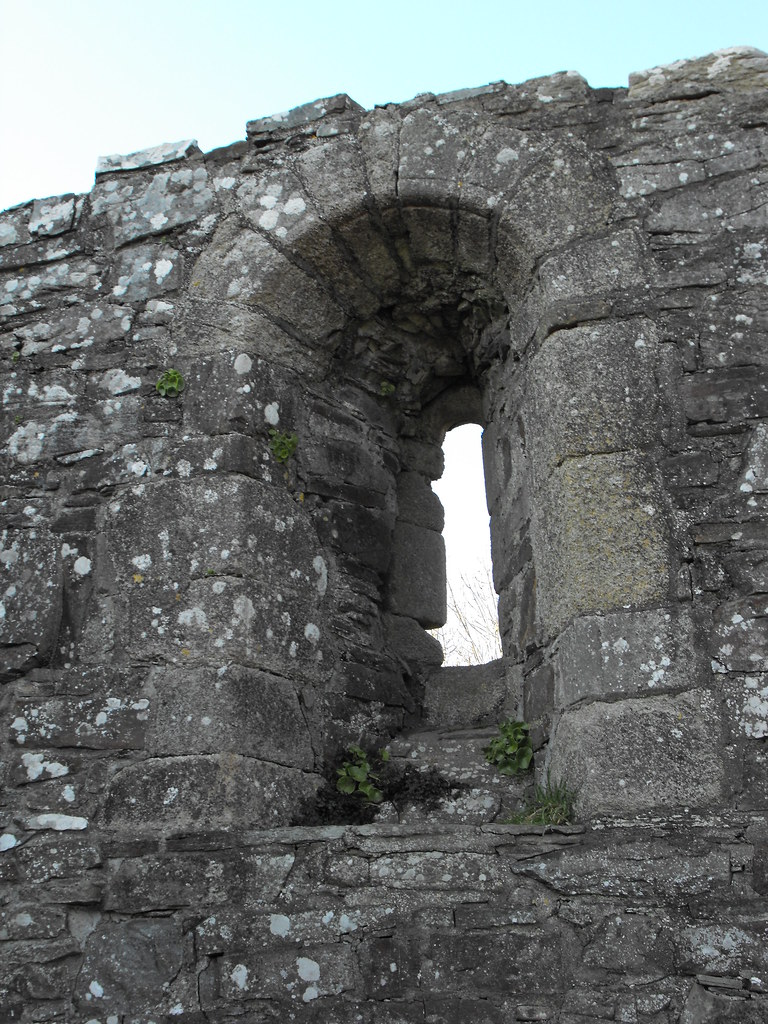
I have already spoken of Bandon as a plantation town of fixed opinion. Indeed, a contingent of Bandonians fought at the Battle of the Boyne on the Williamite side attached to the 'Londonderry Auxiliaries.'
Upon the accession of King James II the town of Bandon was given a new charter and Teige McCarthy of Aglish was made Provost or Mayor of the town on 20th March, 1686. He then commenced to administer the oath of alliegance to James II and to levy troops for the King's cause. To add to the discomforture of the Bandonians, the charter document arrived in the town accompanied by a Priest, suggested to have brought a relic from the Chains of St. Peter. The Bandonians were aghast:
"That charter - that priest! Oh! If he had his will, he'd-! but that link from the iron chain-that symbol of unfettered thought. By the solemn League and Covenant, if I can lay my hands on it, I will make a bob of it to catch eels with!"
By 1st June, the new Provost was forced to issue this proclamation:
"Whereas, several summonses have of late been given to the inhabitants of this corporation to appear and take the oath accustomed for freemen and forasmuch as they refuse and contemn the said summonses. Now we, the said provost and majority of the burgesses, having taken into consideration the wrong and injury that happen unto the corporation thereby, do, and by our mutual assents and consents have ordered that every person, of what trade soever, shall pay six shillings and eightpence sterling per day for using every such trade or occupation, either private or public, after the fifteenth day of June next the date hereof; and the same to be levied on their goods and chattels, and to be disposed of according to law; or their bodies to be imprisoned, through the choice lying in the provost."
Bandon had been garrisoned by a troop of horse and two companies of foot under Captain Daniel O'Neill. On 16th of February, 1689, Captain O'Neill issued a proclamation calling on the inhabitants to deliver up all arms and ammunition within three days. The Bandonians hardly obeyed such a command and Lord Clancarthy promised to march from Cork about noon on the following Monday to bring with him six companies of foot.
The Bandonians were finally provoked by two coincident circumstances. The first was the landing of William of Orange to usurp the throne of the Catholic King James, the second was the declaration by O'Neill that on the Sunday after Clancarthy's arrival the Bandonians would witness the celebration of Mass in the parish church of Kilbrogan.
This was the last straw for the Bandonians, who revolted against the Royal officers. They gathered at the house of Katty Holt, described as a thin, skinny, wicked old woman, whose tongue never stopped unless she was asleep, and who, when she overheard them planning what they should do with the prisoners is said to have replied: "Prisoners! Oh, bring them to me, the popish varlets, and see if I don't scratch their eyes out!"
Early that Monday morning, before the arrival of Clancarthy, the Bandonians gathered. The signal for the beginning of the revolt was to be the ringing of the church bell but the sacristan Jack Sullivan would not ring it. Instead, his wife cried out "O Lord" Spare not the Philistines!" and rang the bell as a signal for the rebels who disarmed the troops while they still slept. Some managed to resist disarmed and eight of the Royal troops were killed, three of them Protestants. The remainder were driven out of the town by the North Gate. Even within living memory Bandonians were called "Black Mondays." For some time after the revolt Bandon was known as 'South Derry' marking the similarity of outlook of the Protestant populace, as well as the anti-Royalist actions taken by each only a few weeks apart.
However, the revolt did not last long as within a few hours the troops arrived from Cork led by the Earl of Clancarthy and Justin McCarthy, later Viscount Mountcashel and founder of the Irish Brigade in the service of France.
Upon the accession of King James II the town of Bandon was given a new charter and Teige McCarthy of Aglish was made Provost or Mayor of the town on 20th March, 1686. He then commenced to administer the oath of alliegance to James II and to levy troops for the King's cause. To add to the discomforture of the Bandonians, the charter document arrived in the town accompanied by a Priest, suggested to have brought a relic from the Chains of St. Peter. The Bandonians were aghast:
"That charter - that priest! Oh! If he had his will, he'd-! but that link from the iron chain-that symbol of unfettered thought. By the solemn League and Covenant, if I can lay my hands on it, I will make a bob of it to catch eels with!"
By 1st June, the new Provost was forced to issue this proclamation:
"Whereas, several summonses have of late been given to the inhabitants of this corporation to appear and take the oath accustomed for freemen and forasmuch as they refuse and contemn the said summonses. Now we, the said provost and majority of the burgesses, having taken into consideration the wrong and injury that happen unto the corporation thereby, do, and by our mutual assents and consents have ordered that every person, of what trade soever, shall pay six shillings and eightpence sterling per day for using every such trade or occupation, either private or public, after the fifteenth day of June next the date hereof; and the same to be levied on their goods and chattels, and to be disposed of according to law; or their bodies to be imprisoned, through the choice lying in the provost."
Bandon had been garrisoned by a troop of horse and two companies of foot under Captain Daniel O'Neill. On 16th of February, 1689, Captain O'Neill issued a proclamation calling on the inhabitants to deliver up all arms and ammunition within three days. The Bandonians hardly obeyed such a command and Lord Clancarthy promised to march from Cork about noon on the following Monday to bring with him six companies of foot.
The Bandonians were finally provoked by two coincident circumstances. The first was the landing of William of Orange to usurp the throne of the Catholic King James, the second was the declaration by O'Neill that on the Sunday after Clancarthy's arrival the Bandonians would witness the celebration of Mass in the parish church of Kilbrogan.
This was the last straw for the Bandonians, who revolted against the Royal officers. They gathered at the house of Katty Holt, described as a thin, skinny, wicked old woman, whose tongue never stopped unless she was asleep, and who, when she overheard them planning what they should do with the prisoners is said to have replied: "Prisoners! Oh, bring them to me, the popish varlets, and see if I don't scratch their eyes out!"
Early that Monday morning, before the arrival of Clancarthy, the Bandonians gathered. The signal for the beginning of the revolt was to be the ringing of the church bell but the sacristan Jack Sullivan would not ring it. Instead, his wife cried out "O Lord" Spare not the Philistines!" and rang the bell as a signal for the rebels who disarmed the troops while they still slept. Some managed to resist disarmed and eight of the Royal troops were killed, three of them Protestants. The remainder were driven out of the town by the North Gate. Even within living memory Bandonians were called "Black Mondays." For some time after the revolt Bandon was known as 'South Derry' marking the similarity of outlook of the Protestant populace, as well as the anti-Royalist actions taken by each only a few weeks apart.
However, the revolt did not last long as within a few hours the troops arrived from Cork led by the Earl of Clancarthy and Justin McCarthy, later Viscount Mountcashel and founder of the Irish Brigade in the service of France.
The town was invested and the Bandonians called upon to submit. The familiar reply was "No Surrender!" However, the town was take and in the articles of peace, those Bandonians who had disarmed the royalist garrison, under the command of Captain Daniel O'Neill were fined £1,000, "with the demolition of their walls, which were then razed to the ground, and never since rebuilt" Lord Tyrconnell thought they got off too cheap. In a letter, dated March 10th, 1689, he regrets that Clancarty had entered into a treaty with the people of Bandon until those who had formented and carried out the assault upon the garrison had been brought to justice. The rebels of Bandon were later tried and executed at the order of Chief Justice Nugent, son of the Earl of Westmeath and later Baron Nugent of Riverston.
The loyalty of Bandon was to be short-lived also and on 16th July, 1690, with the tide running against King James II, the Bandonians revolted again and declared:
"That the new charter brought and produced by Teige McCarthy, under the government and under the broad seal of this kingdom, had become null and void; and that the old charter be revived and stand in the former house, and elected and appointed Mr. John Nash to be provost of the borough for the year to come; he first taking the the usual oaths, and the oath of loyalty to our gracious sovereigns, William and Mary, King and Queen of England." It was to be more than two centuries before Bandon was to be freed from the shackles of Protestant invaders loyal to Protestant usurpers.
The Earl and later Duke of Marlborough landed at Kinsale in October and began to invest, one after the other, the positions still loyal to King James, the old fort of Kinsale and the Charlesfort. The Regiment of O'Discoll was thrown back from Castletown. The following January, Fox, the Williamite Governor of Cork, put all Papists in the County under a curfew. Limerick capitulated the following October and the last hope for the victory of King James - or for the peacable practice of the Catholic Faith - had gone. As soon as the peace was signed, 4,500 foot soldiers marched into Cork under the command of Patrick Sarsfield, remaining there about a month they set sail for Brest, landing on the 3rd December, 1691. However, those 4,500 represented only a vanguard of those loyal to King James and the cause of Catholic Ireland. It was estimated that between 1691 and 1745, the year of Fontenoy, 450,000 Irishmen died, not to mention those others who fought, in the service of France alone.
At Fontenoy, in rememberance of the honourable terms granted at Limerick that were breached before the ink was dry, the war cry of the Irish Brigade was: "Cuimhnigidh ar Luimnech agus feall na Sassonach!" - "Remember Limerick and Saxon Perfidy!" We could add Cuimhnigh ar Droichead na Bandan agus feall na Sassonach!
The loyalty of Bandon was to be short-lived also and on 16th July, 1690, with the tide running against King James II, the Bandonians revolted again and declared:
"That the new charter brought and produced by Teige McCarthy, under the government and under the broad seal of this kingdom, had become null and void; and that the old charter be revived and stand in the former house, and elected and appointed Mr. John Nash to be provost of the borough for the year to come; he first taking the the usual oaths, and the oath of loyalty to our gracious sovereigns, William and Mary, King and Queen of England." It was to be more than two centuries before Bandon was to be freed from the shackles of Protestant invaders loyal to Protestant usurpers.
The Earl and later Duke of Marlborough landed at Kinsale in October and began to invest, one after the other, the positions still loyal to King James, the old fort of Kinsale and the Charlesfort. The Regiment of O'Discoll was thrown back from Castletown. The following January, Fox, the Williamite Governor of Cork, put all Papists in the County under a curfew. Limerick capitulated the following October and the last hope for the victory of King James - or for the peacable practice of the Catholic Faith - had gone. As soon as the peace was signed, 4,500 foot soldiers marched into Cork under the command of Patrick Sarsfield, remaining there about a month they set sail for Brest, landing on the 3rd December, 1691. However, those 4,500 represented only a vanguard of those loyal to King James and the cause of Catholic Ireland. It was estimated that between 1691 and 1745, the year of Fontenoy, 450,000 Irishmen died, not to mention those others who fought, in the service of France alone.
At Fontenoy, in rememberance of the honourable terms granted at Limerick that were breached before the ink was dry, the war cry of the Irish Brigade was: "Cuimhnigidh ar Luimnech agus feall na Sassonach!" - "Remember Limerick and Saxon Perfidy!" We could add Cuimhnigh ar Droichead na Bandan agus feall na Sassonach!
















